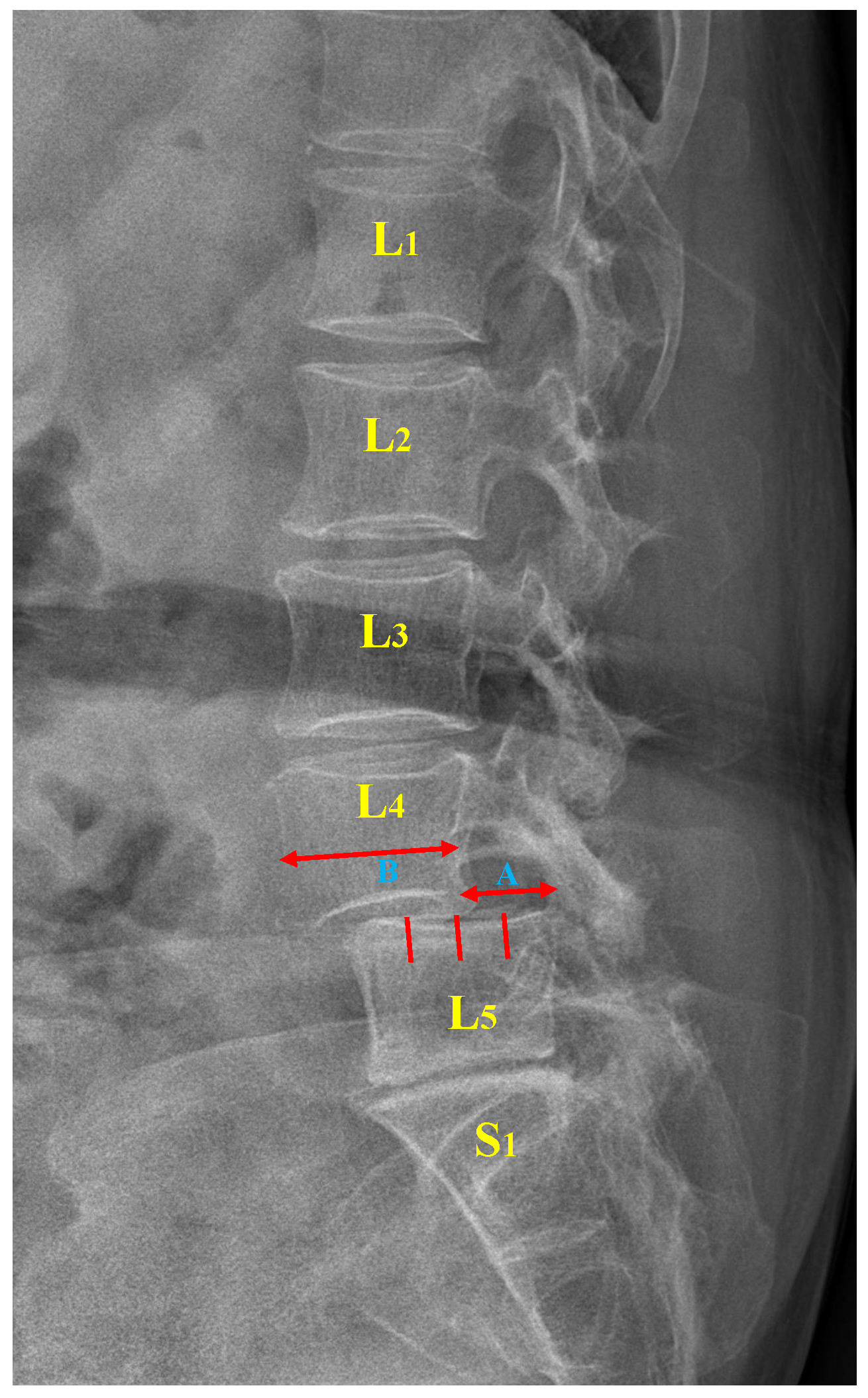Spondylo what?!
- VLC Chiropractic
- Apr 29, 2024
- 3 min read
Spondylolisthesis (spahn dil o lis thes es)
This is fascinating, well, at least for those of us who don’t have it. It’s a condition where the vertebra fractures or is damaged to the point it slides forward on the one below it. Mostly these are fractures that occur as a toddler, sometimes it is incomplete so the bone becomes elongated and causes problems with the nerves anyway. Once in awhile you see these happen to teens in gymnastics or even in adulthood. But, rarely do they not make their presence known during the course of life. They almost always hurt when the person leans backwards.
I share this because it presents as typical low back pain with or without sciatica and requires specific adjusting technique to alleviate and correct. If the person is adjusted on their side because this condition isn’t known because nobody took an X-ray prior to adjusting, they almost always get MORE irritated. Leaving the person with it to think they can’t be helped because they tried “chiropractic” but it didn’t help. This is why we do complete examinations including X-rays.
How does it come about? It doesn’t require any new trauma to get going, sometimes just living long enough will do it. But particularly, if a teenager has back pain and is in contact sports, as I said, most commonly gymnastics, but football and hockey this is commonly found as well.
As I said, it requires imaging to accurately diagnose. Another reason that’s important is if somebody goes to their medical doctor and the doctor assumes it’s “typical” low back pain and prescribes medication, muscle relaxants or anti-inflammatories or whatever, it can’t improve the situation, just numb you to the problem.
Ok, what CAN be done?
When we find this, we almost exclusively adjust lying face down using the “drop table” piece under the pelvis to move the tailbone forward relative to the already slid forward (listhesed) vertebra above it. THAT’s what corrects it. If you don’t know it’s there, you wouldn’t apply that solution.
People who have spondylolisthesis are delighted to find their life improves significantly and so simply. Many having been to chiropractors who haven’t x-rayed the spine and attempted to adjust on the patient's side and they felt worse. I’ve learned, “spondys” don’t usually appreciate side posture adjusting. Effective as it is for scoliosis and rotational problems, this situation adds a layer of complexity that requires a different approach even if not perfectly addressing additional rotation that may be present. The “spondy” spine gets irritated with side posture adjusting.
Also, once you understand that this is your problem, you can use blocking techniques at home under the tailbone lying on your back to relieve weekend irritation.
I can’t emphasize enough the importance of imaging of the spine. Being able to see this problem helps people understand the activities that help it and those that aggravate it. Seeing the problem shows the path to correcting it. This is helpful for people who’ve been using medication to alleviate the symptoms as they can frequently discontinue them once they learn a couple things about the problem and how to make it work better rather than cover up the pain signals. In addition, there are specific exercises that will help spondylolisthesis. And, of the general low back exercises handed out at doctor visits for low back pain, some will make a spondylolisthesis worse. Again, it requires imaging to get accurate help.
5% of 340 million in the US is 17 million spines running around with this problem. These people are dealing with this silently because they don’t know what the cause is. Consider that you know a couple because 1 out of 20 of your friends and family have this. The next time you hear of somebody’s low back pain, make sure they get imaging done to determine the exact problem. They will thank you for helping them.
Dr. B.
.png)









Comments